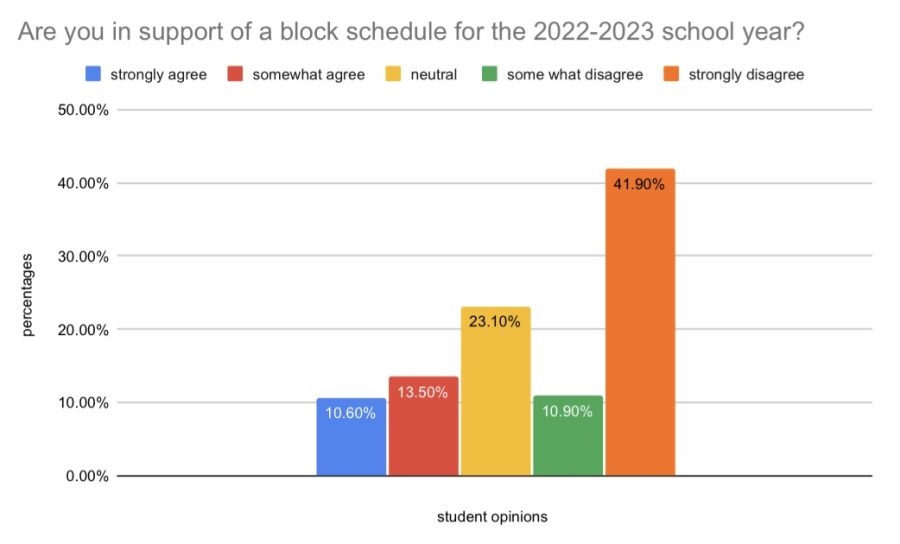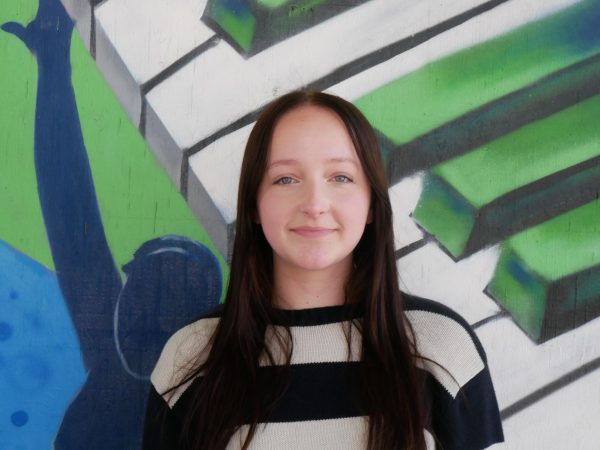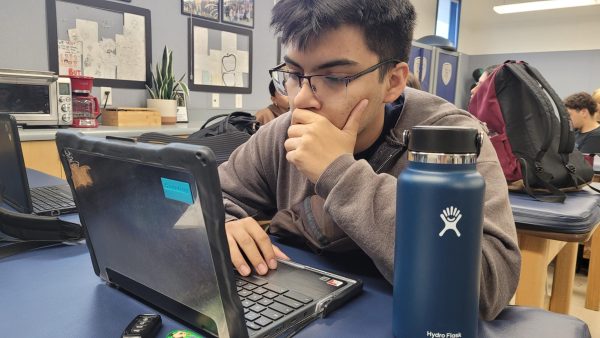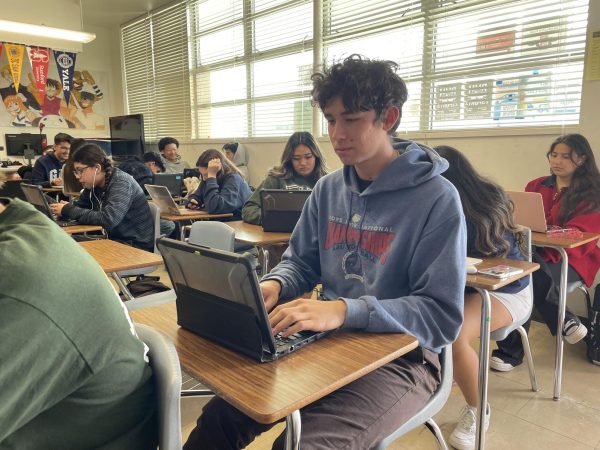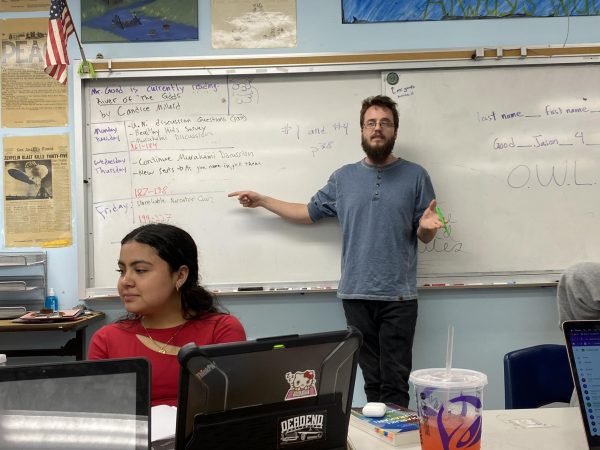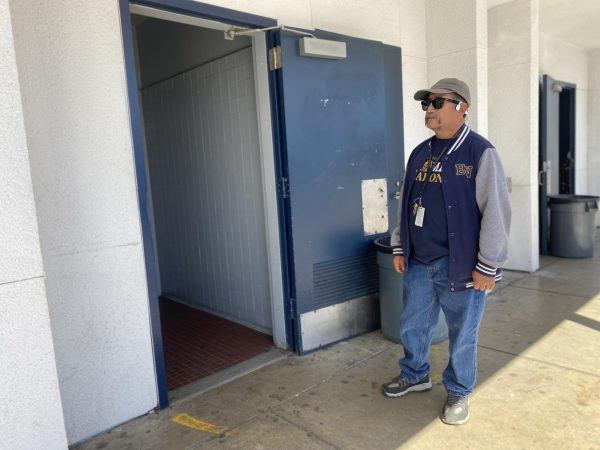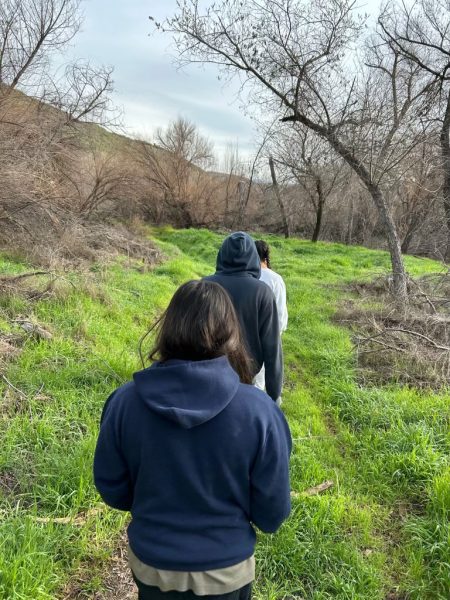“Just give it a chance”
BVH teachers share their opinions on block schedule
In a poll of 909 Bonita Vista High (BVH) students conducted by the Crusader on Feb 2., students were asked if they were in support of block schedule for the 2022-2023 school year. This poll was conducted before the official teacher vote that took place later that month.
March 7, 2022
Many teachers may worry about the effects of a change like a block schedule can have on the level of understanding of their students. However, a block schedule will enable teachers to achieve a better level of understanding of the course work and establish closer connections with their students, according to several Bonita Vista High (BVH) teachers.
On Feb. 11, BVH teachers voted for or against the transition to block schedule for the 2022-2023 school year, where students will attend three, two hour long classes each day. On Feb. 12, BVH Principal Roman Del Rosario Ed.D. sent an email to the teachers releasing the results of the vote. The majority of teachers voted for a block schedule with a final vote of 68-38.
“With both schedules, there’s positives and negatives. I like the idea that the students only have three classes a day so that’s less homework that they have to deal with. But, two hours in the same class is going to take a lot of adjustment. It might get off to a rough start but everybody will get used to it,” English 11 and 12 teacher Sean Meisner said.
Many schools throughout the Sweetwater Union High School District have already converted to a block schedule. Other schools adapted to the new schedule by accommodating students’ classes, extracurriculars and personal schedules because of how the new schedule affected them. For other schools, implementing a block schedule has made things such as time management, grading and planning of classes easier for teachers.
Teachers have to modify their teaching strategies to accommodate for the two hour block period. Rather than lecturing, teachers such as Advanced Placement (AP) Calculus AB, AP Calculus BC and International Baccalaureate (IB) Math Analysis & Approaches Standard Level1 teacher Benjamin Chan plans to increase his interactive lessons in an effort to engage more with his students.
“A lot of modern lessons nowadays use interactive elements. Group activities, discovery tasks, cooperative learning strategies and things like that just take time,” Chan said. “Block scheduling allows for those kinds of activities. I think that students learn better when they do things that are hands-on and get to practice in class and collaborate with each other.”
According to Meisner, with the implementation of a block schedule, students will have a smaller workload. With the one through six period schedule, work may be assigned every day from all six classes which can interfere with a students’ personal responsibilities.
“It’s good for student mental health because [they] won’t have six things due every single day. [They] will only have three things to do so [they] can space [out their] work and manage [their] time better,” Chan said.
Similarly, Integrated Mathematics 3 and IB Math Analysis & Approaches Standard Level 1 teacher Esmeralda Orozco shares similar thoughts on the benefits block schedule will have on students. The longer class periods will allow teachers to work closely with their students in order to support them in understanding the material being taught.
“The staff who voted against [block schedule] are going to be challenged [in using] the time [in class] differently when it comes to teaching. It is going to take some adapting but I think that students will adapt much more quickly than staff because [they] are more resilient,” Orozco said.
“[Students] were under the belief that they were going to be part of the process. Contractually, it has to be a teacher’s vote but I think that [the vote] should have included [the] voices of students and parents. They are involved too, it is not just the teachers,”
— English 11 and 12 teacher Sean Meisner
Although teachers were the ones involved in the vote, Chan adds that students and parents could have been involved through discussion with teachers in order to provide their input. This may have swayed the teachers’ decisions on whether they voted for or against a block schedule.
“[Students] were under the belief that they were going to be part of the process. Contractually, it has to be a teacher’s vote but I think that [the vote] should have included [the] voices of students and parents. They are involved too, it is not just the teachers,” Meisner said.
Many students may be reluctant to transfer to a block schedule because it will be a new experience for them. This may come as a challenge because of the changes in students’ personal and academic schedules that may need to be made in order to adapt to the new schedule.
“[Students] are more concerned about the late start time than the block schedule. Most of them have never been on block so it is something new that they are unsure about,” Meisner said.
Del Rosario mentions that schools that convert to a block schedule almost never change back to the one through six schedule such as Eastlake High. Orozco also adds that the transition from a regular schedule of six courses every day to a block schedule is much easier than transitioning back.
“For anyone who has not experienced [a] block schedule, just give it a chance. Don’t be so closed off to that idea because there are so many benefits to [a] block schedule and with time people will realize that this is much better,” Orozco said.

